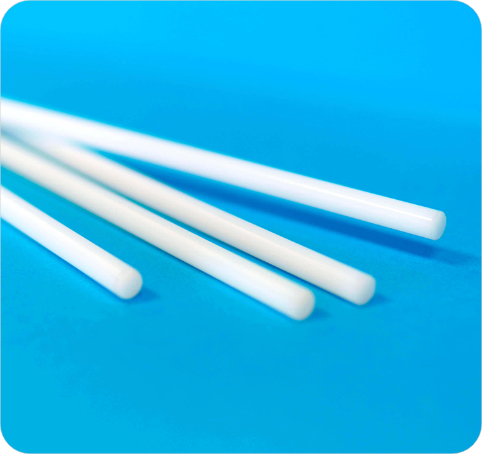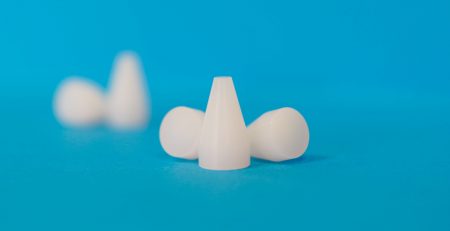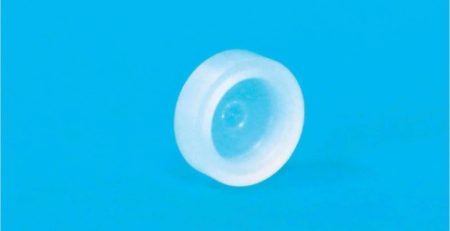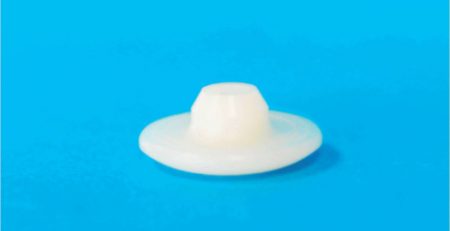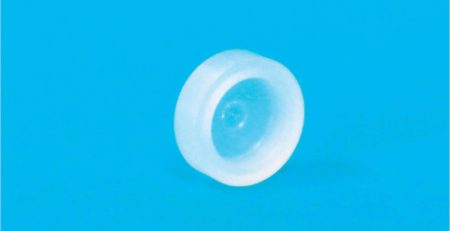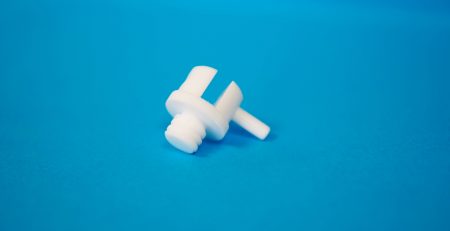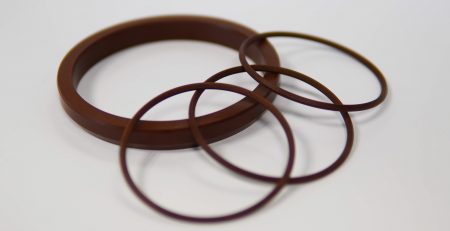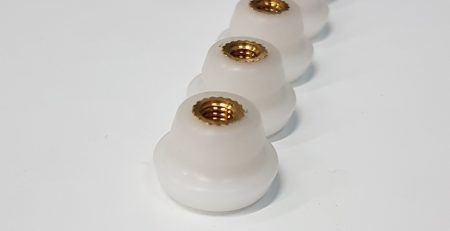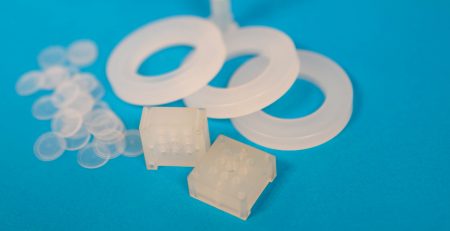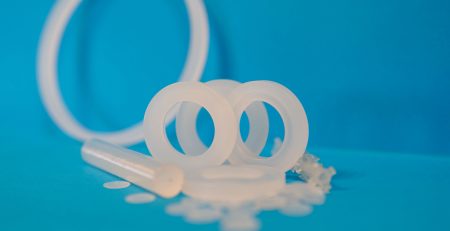PTFE ETFE
ETFE and PTFE are often confused with each other. But although the names PTFE and ETFE are from the same family of materials, the two materials differ in many properties. Here is an overview of the differences between PTFE and ETFE.
PTFE and ETFE: exceptional but different thermoplastic polymers
Shortened to ETFE, ethylene tetrafluoroethylene is composed of carbon, hydrogen and fluorine. PTFE, on the other hand, is polytetrafluoroethylene, which also contains fluorine, but is composed of long chains of carbon atoms. Thanks to its components, ETFE has an excellent tensile strength, which is considered higher than that of PTFE. PTFE, on the other hand, is capable of stretching before breaking and has exceptional heat resistance. In this regard, while ETFE can easily melt at temperatures above 150°C, PTFE is resistant to temperatures well above 325°C.
The presence of fluorine in PTFE and ETFE makes both materials very strong, hence the many applications in which they are widely used. PTFE, with its exceptionally low coefficient of friction, is widely used in insulation, but also in non-stick coatings. Teflon®, the trade name for PTFE, is also world-renowned in the cookware industry. ETFE, on the other hand, is not only resistant to impact and stress cracking, but is also especially appreciated for its semi-crystalline properties. These few outstanding properties make ETFE an excellent alternative to glass, especially in the architectural sector. Many beautiful and large infrastructures in the world are covered with ETFE sheets. ETFE is known by the trade name Tefzel™.
PTFE and ETFE: two materials suitable for many applications.
ETFE is often used in the chemical and mechanical industries. Its excellent properties, including impact resistance, chemical resistance, stress crack resistance, and wide operating temperature range from -200°C to 150°C allow for the manufacture of high-performance, high-strength hoses and pipes. It is also used to manufacture sheets, rods and monofilaments.
PTFE is used in most demanding and sensitive industries, including pharmaceutical, medical, oil, food, aviation, aerospace, semiconductor and packaging. PTFE’s properties include good chemical resistance, flame retardancy, non-stick, waterproof and insulating properties, as well as a wide operating temperature range of -190°C to 260°C.
All these properties of PTFE can be further enhanced when it is filled with other materials such as carbon, glass, ceramic or graphite. PTFE can thus have a better resistance to compression, deformation and wear. Its low permeability, thermal conductivity and expansion coefficient can also be improved. However, of all fluoropolymers, including ETFE, PTFE cannot be processed by melting. It cannot be processed by injection molding or blow molding, let alone vacuum forming.
In any case, if you need specific parts in ETFE or PTFE, SPN will produce unique and customized performance parts according to your needs. We put our expertise in the transformation of plastics and polymers at your service. Visit our website and contact our experts.


